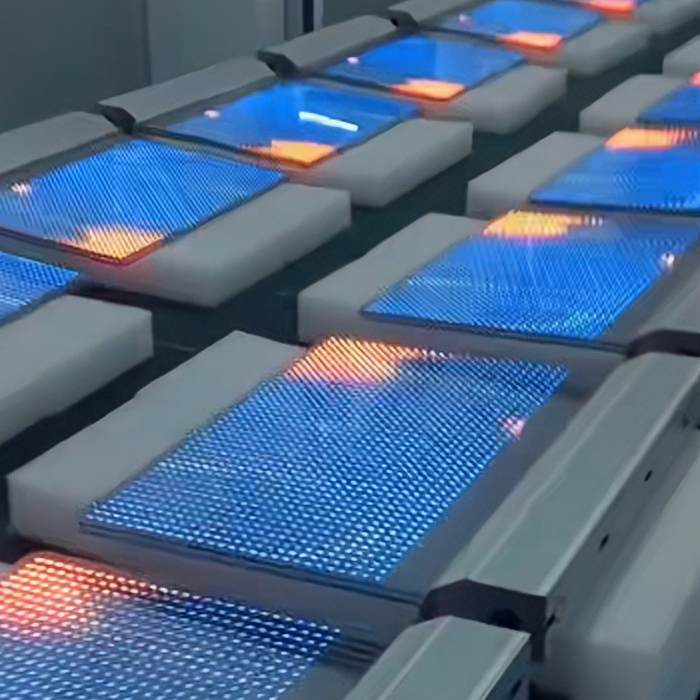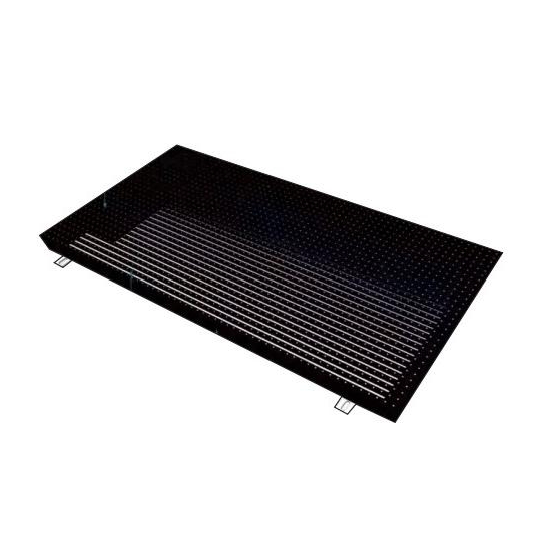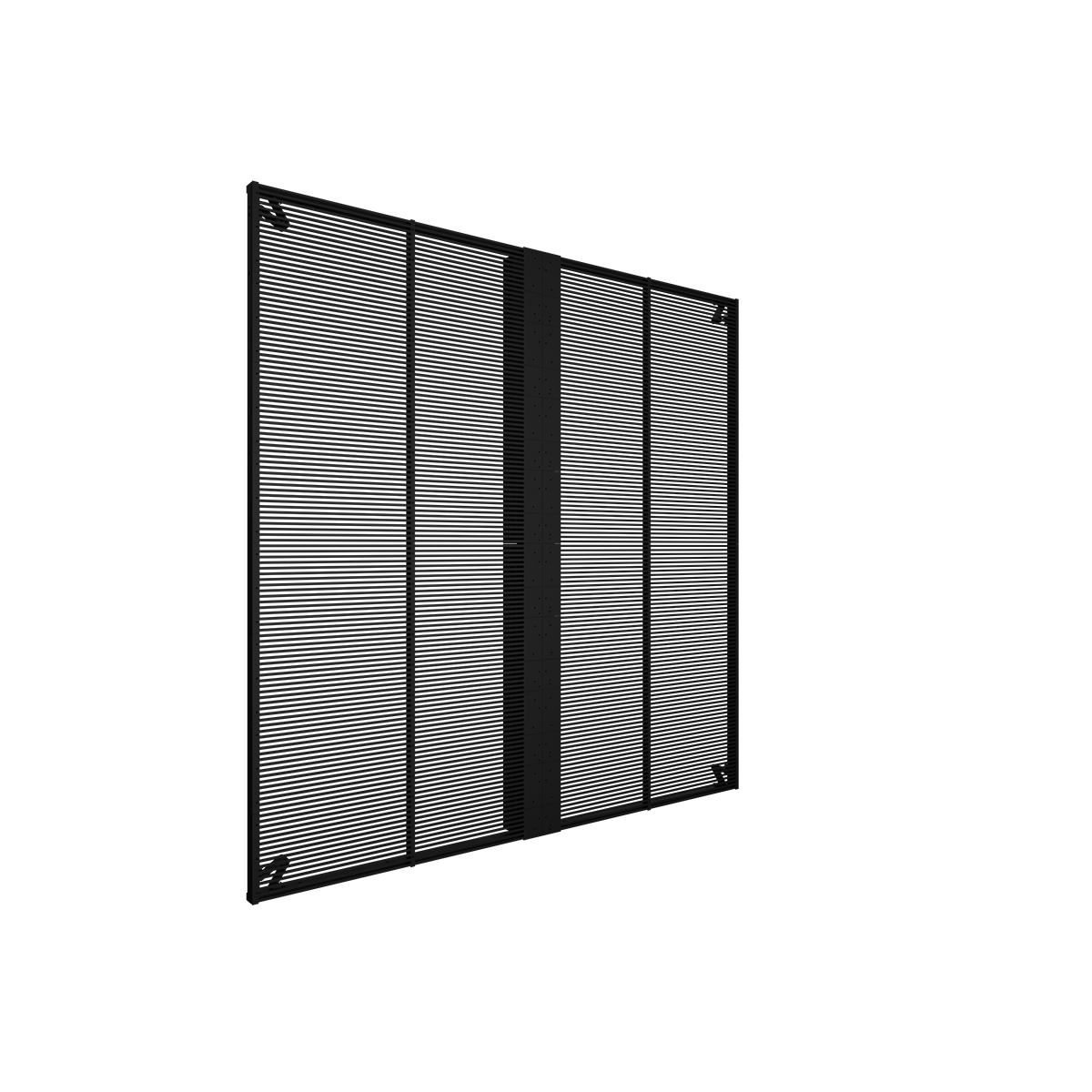I. Introduction to Holographic Technology
Holographic technology has long captivated imaginations with its ability to create three-dimensional images that seemingly float in space. Unlike traditional flat screens that display images in two dimensions, holographic displays generate images that appear to have depth and can be viewed from multiple angles without the need for special glasses. This technology has evolved significantly since its inception, moving from simple holograms viewed under specific lighting conditions to sophisticated holographic projections used in various applications today.
The integration of LEDs (light-emitting diodes) into holography has marked a significant advancement, particularly with the development of LED-based invisible displays. These displays utilize arrays of LEDs to project images onto specially designed surfaces or materials that scatter light in such a way as to create the illusion of holographic images that appear to float in mid-air. This combination of LED technology and holography has opened up new possibilities across multiple industries, offering enhanced visual experiences and practical applications that were once only seen in science fiction.
II. Applications of Holographic LED Invisible Displays
Holographic LED invisible displays find applications across a diverse range of industries and sectors, each benefiting from their unique capabilities and advantages over traditional displays.
A. Various Industries and Sectors
1. Retail: In retail environments, holographic LED displays are used to showcase products in a captivating and interactive manner. These displays can project virtual models of products, allowing customers to see items from different angles and even interact with virtual interfaces to learn more about features and specifications.
2. Entertainment: The entertainment industry has embraced holographic technology for creating immersive experiences in theme parks, museums, and live events. Holographic LED displays bring characters and scenes to life in a way that engages audiences and enhances storytelling capabilities.
3. Education: Educational institutions utilize holographic displays to visualize complex concepts and bring learning materials to life. For example, in medical education, students can view detailed 3D models of anatomy that aid in understanding spatial relationships and structures.
4. Healthcare: Holographic displays are revolutionizing healthcare by enabling doctors to view medical imaging such as MRI scans and CT scans in three dimensions. This enhanced visualization can improve diagnostic accuracy and surgical planning, leading to better patient outcomes.
5. Automotive: In the automotive industry, holographic displays are integrated into vehicle dashboards to provide augmented reality navigation and diagnostic information. Drivers can see virtual overlays of navigation routes or real-time data without taking their eyes off the road, enhancing safety and convenience.
B. Specific Use Cases and Advantages
In each of these industries, holographic LED invisible displays offer several advantages over traditional displays:
Enhanced Engagement: The ability to display three-dimensional images enhances viewer engagement by providing a more immersive and memorable experience.
Space Efficiency: Unlike traditional displays that require physical screens, holographic displays utilize space more efficiently by projecting images into the air or onto transparent surfaces.
Interactive Capabilities: Many holographic displays incorporate touch-sensitive interfaces or gesture controls, allowing users to interact directly with displayed content.
Flexibility in Design: Holographic displays can be designed to fit various shapes and sizes, enabling creative applications in architectural design, product marketing, and artistic installations.

III. Technical Aspects and Components
A. Technology Behind Holographic LED Invisible Displays
Holographic LED invisible displays rely on the principles of light diffraction and interference to create the illusion of three-dimensional images. LEDs are used as light sources due to their compact size, efficiency, and ability to emit light at precise wavelengths. These displays typically consist of an array of LEDs arranged to project light onto a specially designed surface or material that diffuses light in a controlled manner.
B. Science Behind the Holographic Effect
The holographic effect is achieved by carefully controlling the angle and intensity of light emitted by the LEDs. When light interacts with the diffusing surface, it forms interference patterns that reconstruct a coherent, three-dimensional image visible to the viewer. Advances in LED technology, including improvements in pixel density and refresh rates, have contributed to sharper and more realistic holographic projections.
IV. Comparison with Traditional Displays
A. Benefits and Drawbacks
Benefits of Holographic LED Invisible Displays
Energy Efficiency: Holographic displays often consume less power than traditional flat-panel displays, especially when projecting images over large areas.
Visual Appeal: The three-dimensional nature of holographic images enhances visual appeal and can attract attention more effectively than flat screens.
Novelty and Innovation: Holographic displays are perceived as innovative and cutting-edge, making them ideal for branding and marketing purposes.
Drawbacks and Considerations
Complexity and Cost: Developing and implementing holographic technology can be complex and costly compared to traditional displays, particularly for large-scale applications.
Viewing Angle and Visibility: Holographic displays may have limited viewing angles or require specific lighting conditions to achieve optimal visibility.
Maintenance and Durability: Ensuring the longevity and reliability of holographic displays requires careful maintenance and protection against environmental factors.
B. Comparison with Traditional LED Displays
Cost-Effectiveness: While initial costs may be higher for holographic displays, long-term benefits such as reduced energy consumption and increased engagement can justify the investment.
Environmental Impact: LED technology used in holographic displays generally offers better energy efficiency and sustainability compared to traditional display technologies.
Practical Applications: Holographic displays offer unique advantages in applications where immersive and interactive experiences are desired, such as retail environments, exhibitions, and public spaces.
Conclusion and Future Outlook
Holographic LED invisible displays represent a significant advancement in display technology, offering immersive experiences and practical applications across various industries. As technology continues to evolve, improvements in resolution, brightness, and interactive capabilities will further enhance the utility and appeal of holographic displays. While challenges such as cost and complexity remain, ongoing research and development are likely to drive innovation and expand the adoption of holographic technology in the coming years.
In conclusion, the integration of LEDs into holography has opened up new possibilities for creating captivating visual experiences and practical solutions that were once considered futuristic. Whether used for enhancing retail environments, transforming educational experiences, or revolutionizing healthcare, holographic LED invisible displays are poised to play a central role in the future of display technology.
This article has explored the evolution of holographic technology, discussed applications across various industries, delved into the technical aspects and components of holographic LED invisible displays, and compared their benefits with traditional display technologies. As we look ahead, the future of holographic displays holds promise for continued innovation and widespread adoption, shaping how we interact with digital information and environments in the years to come.
















